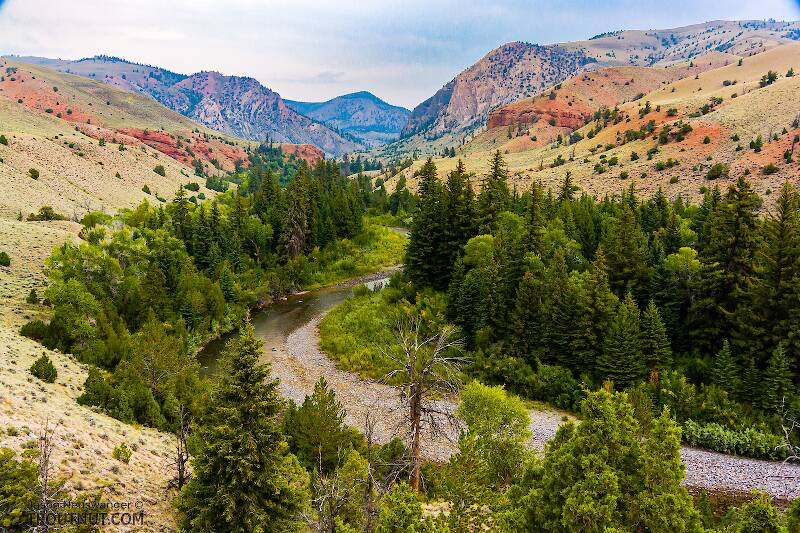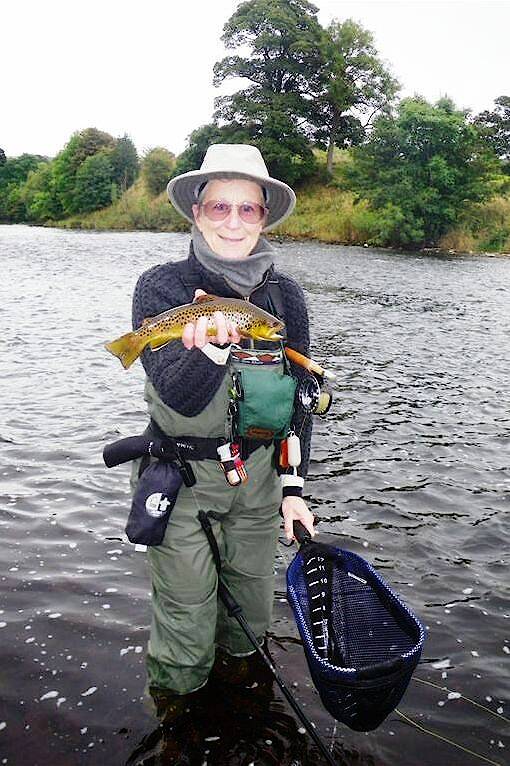
Blue-winged Olives
Baetis
Tiny Baetis mayflies are perhaps the most commonly encountered and imitated by anglers on all American trout streams due to their great abundance, widespread distribution, and trout-friendly emergence habits.
Featured on the forum

This one pretty clearly keys to Kogotus, but it also looks fairly different from specimens I caught in the same creek about a month later in the year. With only one species of the genus known in Washington, I'm not sure about the answer to this ID.

Troutnut is a project started in 2003 by salmonid ecologist Jason "Troutnut" Neuswanger to help anglers and
fly tyers unabashedly embrace the entomological side of the sport. Learn more about Troutnut or
support the project for an enhanced experience here.
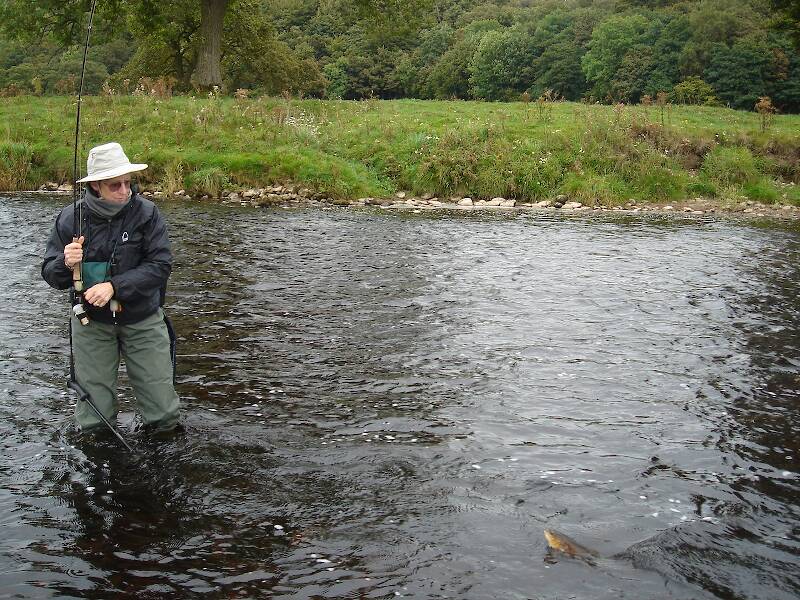
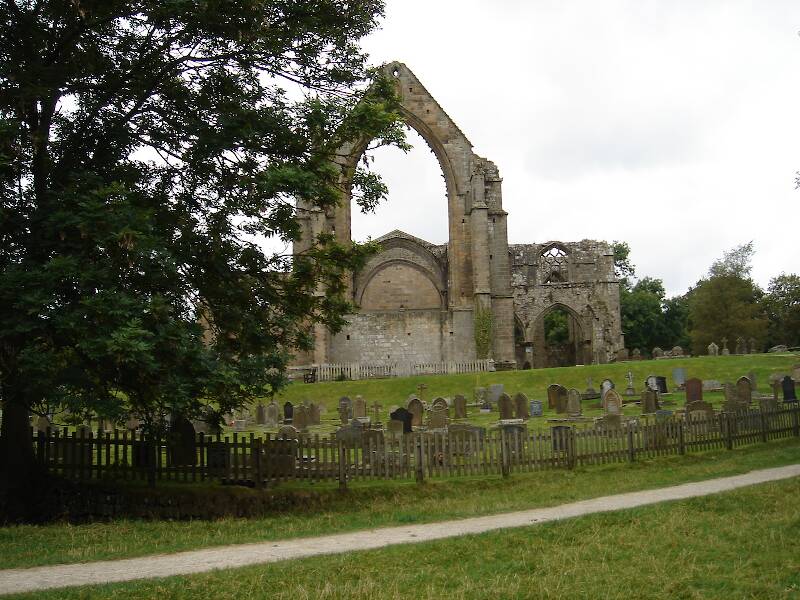
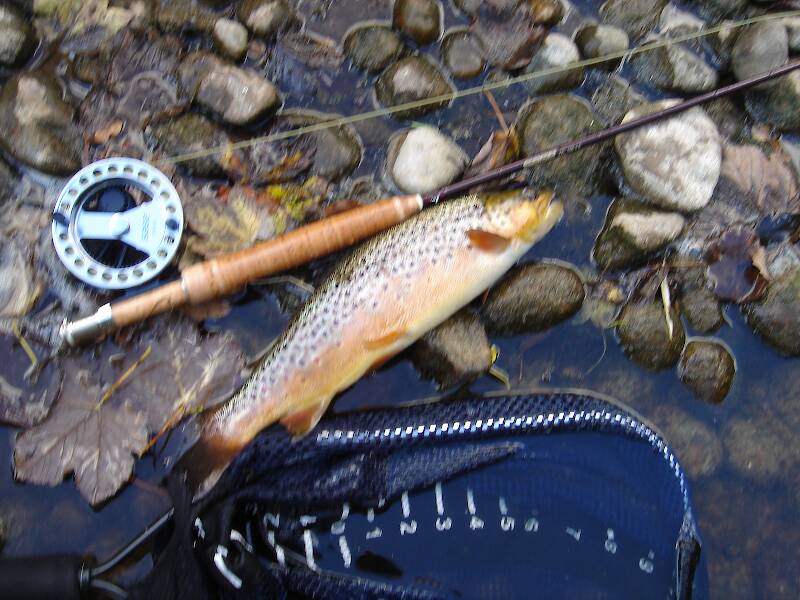
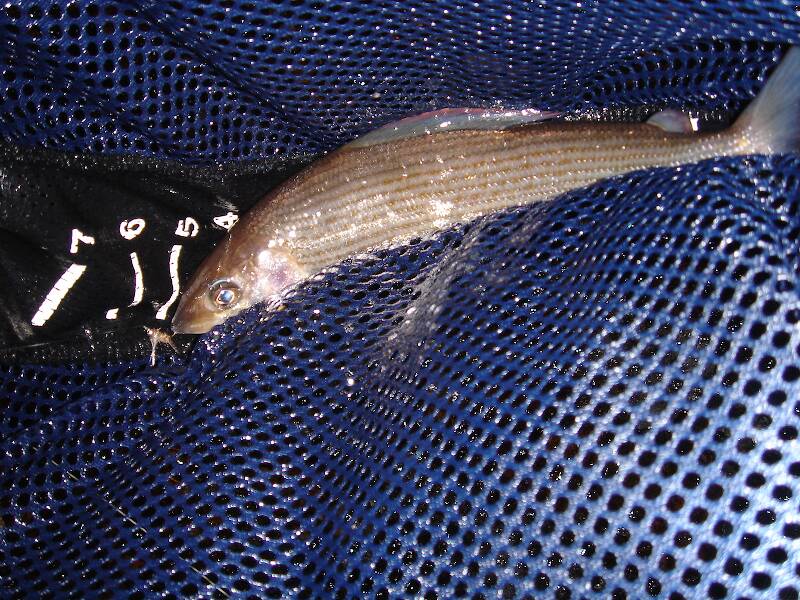
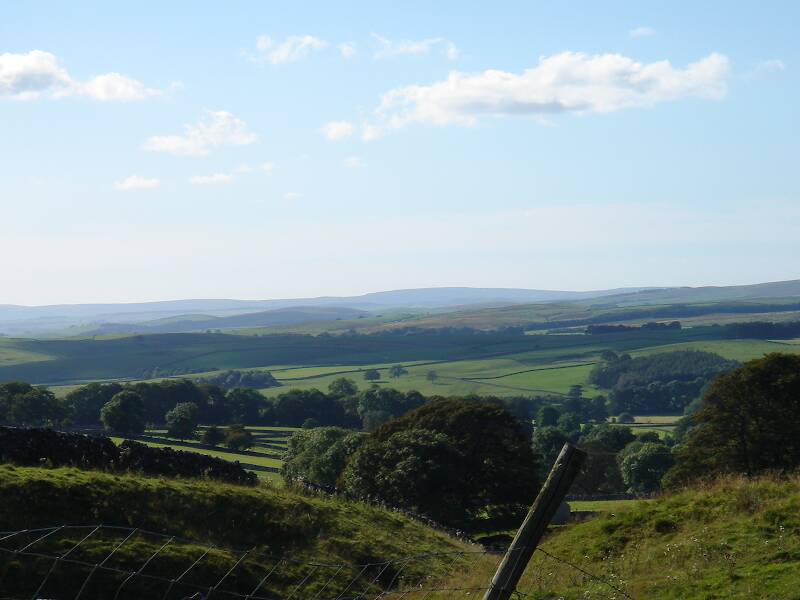
CaseyP on Sep 27, 2009September 27th, 2009, 12:22 pm EDT
having trouble with the photo function over on the Fishing Reports forum. thank you for your patience with a boastful angler.
"You can observe a lot by watching." Yogi Berra
Softhackle on Sep 27, 2009September 27th, 2009, 3:39 pm EDT
Thanks Casey for the great photos. Looks like wonderful country and some very nice fish.
Mark
Mark
"I have the highest respect for the skilled wet-fly fisherman, as he has mastered an art of very great difficulty." Edward R. Hewitt
Flymphs, Soft-hackles and Spiders: http://www.troutnut.com/libstudio/FS&S/index.html
Flymphs, Soft-hackles and Spiders: http://www.troutnut.com/libstudio/FS&S/index.html
Martinlf on Sep 27, 2009September 27th, 2009, 5:20 pm EDT
Gorgeous photos. Thanks for letting us join you a for a bit on this trip.
"He spread them a yard and a half. 'And every one that got away is this big.'"
--Fred Chappell
--Fred Chappell
Quick Reply
Related Discussions
Topic
Replies
Last Reply
8
Feb 12, 2009
by Troutnut
by Troutnut
Re: Bug fixed: You can now add pictures to posts in the "Fishing Reports" section
In General Discussion by Troutnut
In General Discussion by Troutnut
3
Mar 21, 2012
by Troutnut
by Troutnut
2
Aug 3, 2013
by Troutnut
by Troutnut
15
Jun 10, 2009
by Martinlf
by Martinlf
3
Jun 17, 2017
by JohnR
by JohnR

